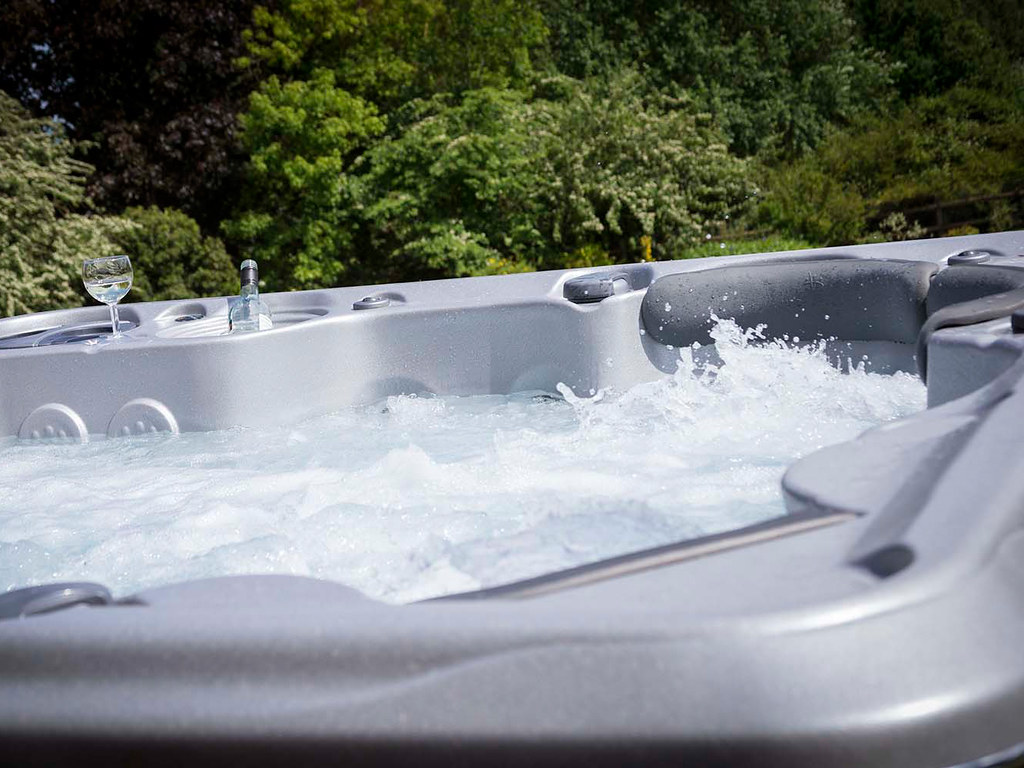
If your hot tub’s electrical system is acting up, start by checking the GFCI breaker for tripping. A malfunctioning heater might be the culprit, causing heating issues. Look out for a damaged power cord, a common source of trouble. Regularly inspect the power cord for wear and tear to prevent problems. Staying aware of these common issues will aid in effective troubleshooting. Understanding these basics can get you on the right track to a relaxing soak.
Common Hot Tub Electrical Issues
When troubleshooting hot tub electrical problems, identifying common issues is crucial for efficient resolution. One prevalent problem you may encounter is a tripped GFCI (Ground Fault Circuit Interrupter) breaker. This safety device is designed to prevent electric shock and will trip if it detects a ground fault, cutting off power to the hot tub. Another common issue you might face is a malfunctioning heater. If the water in your hot tub is not heating up properly, the heating element or the thermostat may be faulty and need to be replaced. Additionally, a damaged or worn-out power cord can lead to electrical problems in your hot tub. Inspect the power cord regularly for any signs of fraying or damage and replace it if necessary to ensure safe operation. By being aware of these common electrical issues, you can troubleshoot your hot tub more effectively and enjoy a relaxing soak without any interruptions.
Safety Precautions for Hot Tubs
To ensure the safe operation of your hot tub, it is essential to adhere to specific safety precautions. Firstly, always keep your hot tub covered and locked when not in use to prevent unauthorized access, especially by children. Additionally, ensure that all electrical components, including the control panel, are kept dry at all times to avoid electrical hazards. Regularly inspect the condition of power cords, plugs, and outlets for any signs of wear or damage, and replace them immediately if necessary.
When using your hot tub, never immerse yourself in the water if you have open wounds or cuts to prevent infections. It is crucial to strictly follow the manufacturer’s guidelines for water temperature and chemical levels to avoid skin irritation or other health issues. Furthermore, always have a ground fault circuit interrupter (GFCI) installed and regularly test it to ensure it is functioning correctly. Finally, never operate the hot tub if any electrical components are malfunctioning; instead, seek professional assistance to address the issue promptly. By following these safety precautions, you can enjoy your hot tub safely and worry-free.
Testing Hot Tub GFCI Breakers
Ensure the safety and functionality of your hot tub by regularly testing the GFCI breakers for proper operation. Ground Fault Circuit Interrupter (GFCI) breakers are crucial components in hot tub electrical systems, designed to protect against electrical shock hazards. To test the GFCI breaker, start by pressing the “Test” button on the breaker. This action should trip the breaker, cutting off power to the hot tub. Verify that the power is indeed cut off by checking that the hot tub is no longer operational. Next, press the “Reset” button on the breaker to restore power to the hot tub. If the reset is successful, the GFCI breaker is functioning correctly. If the breaker fails to trip when the “Test” button is pressed, or if it does not reset properly, it may be faulty and in need of replacement. Regular testing of GFCI breakers is essential to ensure the safety of your hot tub and its users.
Troubleshooting Hot Tub Heater Problems
Examine the hot tub heater for any visible signs of damage or malfunction. Inspect the heating elements for corrosion or scale buildup, which can affect the heater’s efficiency. Check the electrical connections to ensure they are secure and free of any loose wires or corrosion. If the heater is not heating the water properly, it could be due to a faulty thermostat. Test the thermostat for continuity using a multimeter to determine if it is functioning correctly. Additionally, check the high limit switch to see if it has been tripped and needs to be reset.
If the heater is running but the water is not getting hot enough, it may be due to a clogged filter restricting water flow. Clean or replace the filter as needed to improve water circulation and heating efficiency. In some cases, inadequate water flow can also lead to overheating of the heater, causing it to shut off. Ensure the water level in the hot tub is at the appropriate level to prevent this issue. If these troubleshooting steps do not resolve the problem, consider contacting a professional hot tub technician for further assistance.
Professional Hot Tub Electrical Inspection
For a comprehensive assessment of your hot tub’s electrical components, engage a skilled professional for a thorough inspection. A licensed electrician will meticulously examine the wiring, connections, and overall electrical setup of your hot tub. They will check for any signs of wear, corrosion, or damage that could pose a safety hazard or lead to operational issues. The professional will also verify that the electrical components are up to code and functioning correctly to ensure optimal performance.
During the inspection, the electrician will test the voltage levels, amperage, and continuity of the electrical circuits to identify any irregularities. They will inspect the circuit breakers, GFCI outlets, and grounding system to confirm proper functionality and adherence to safety standards. Additionally, the professional will assess the hot tub’s control panel, heating elements, and pumps to guarantee they are operating efficiently.







